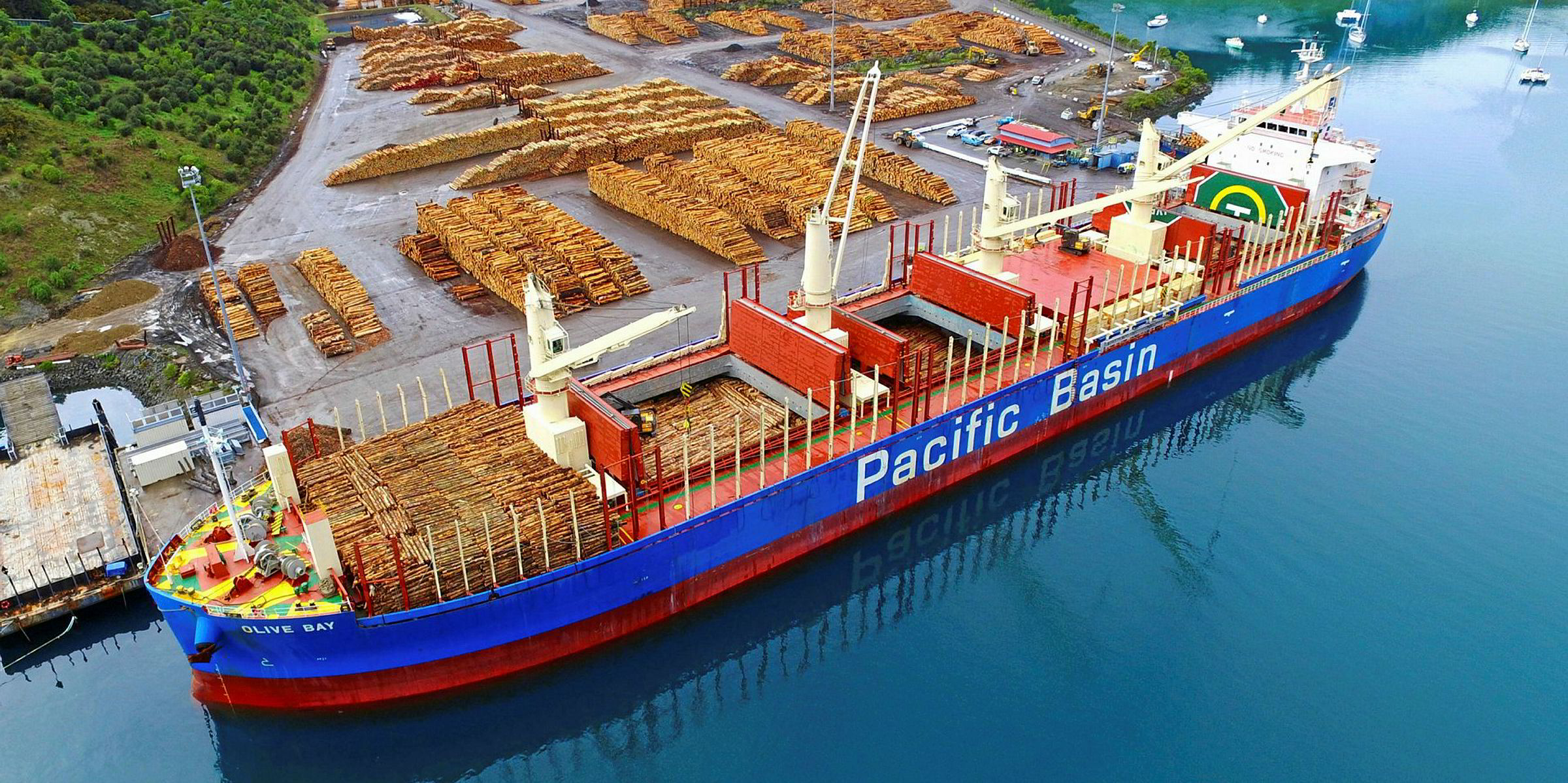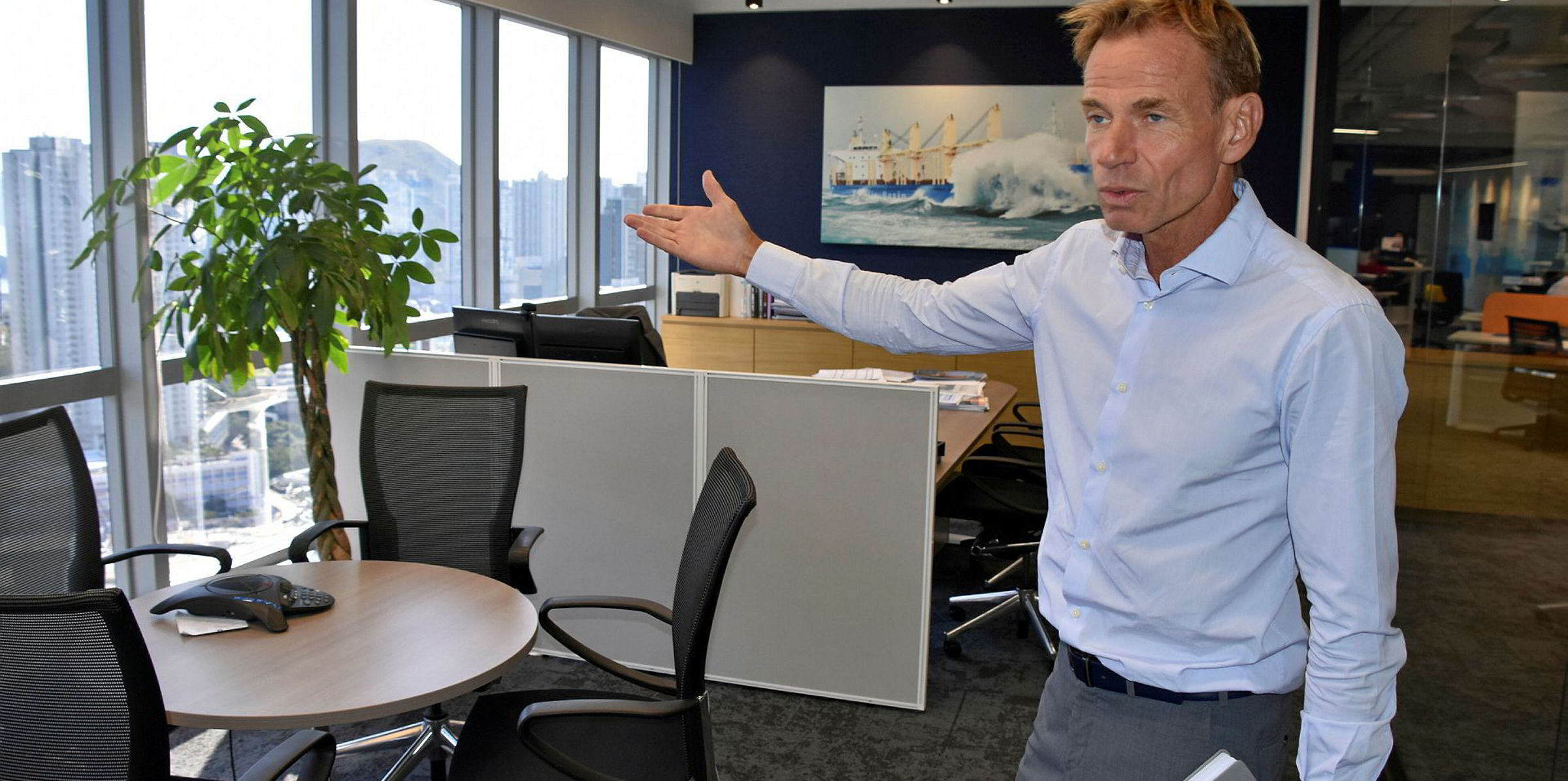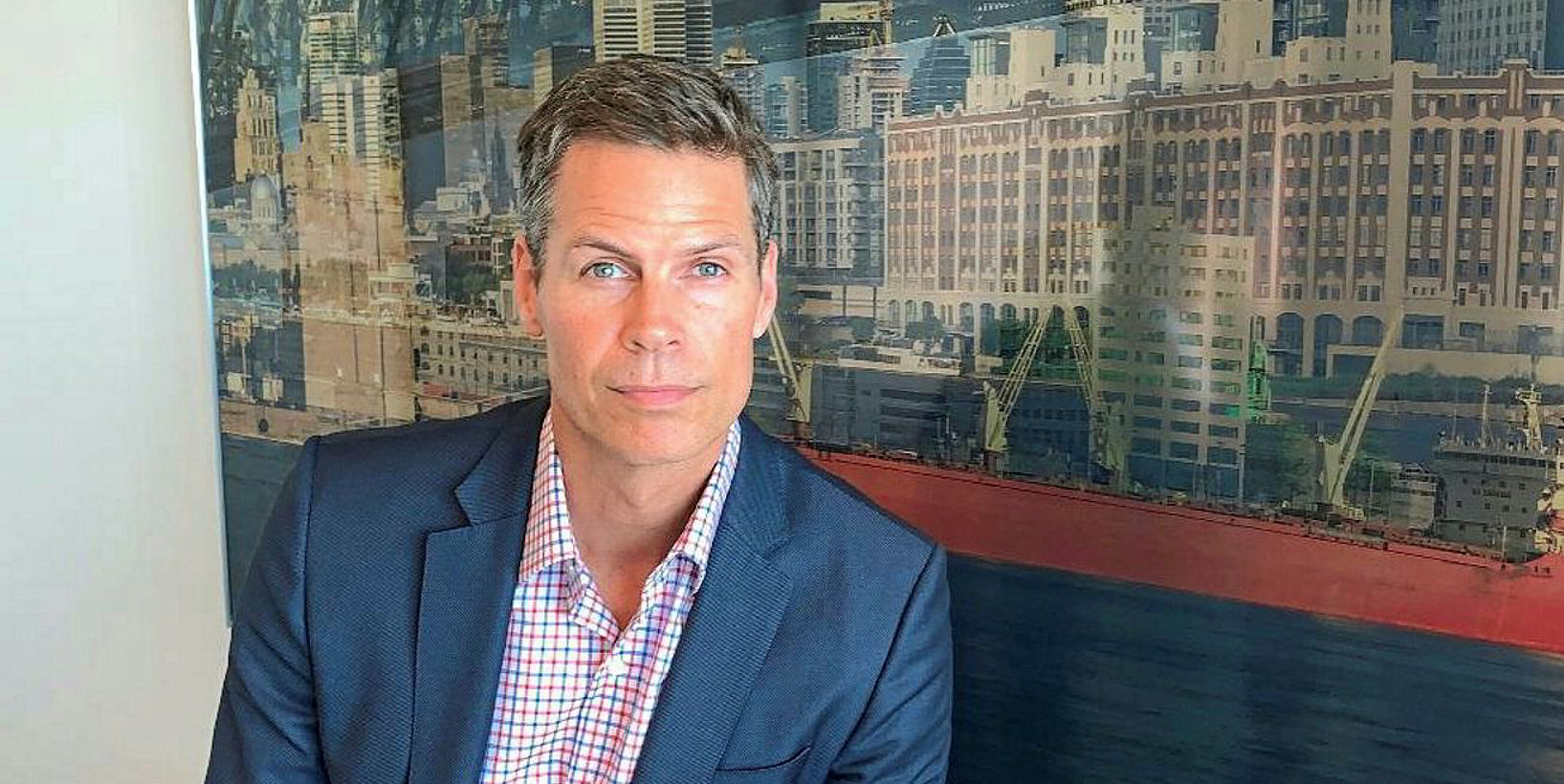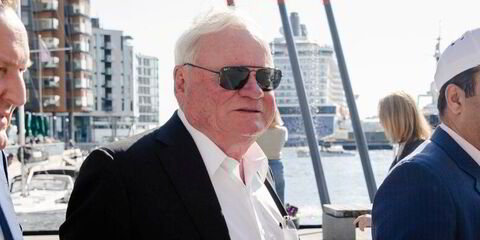The handysize market is increasingly an asset-light world, as Danish and other players concentrate on pure chartering and let others worry about owning the ships.
But the trend has its critics.
Among them is Mats Berglund, chief executive of Hong Kong-based Pacific Basin, who says he knows of at least 28 bulker outfits in Copenhagen alone that now operate largely by chartering tonnage in and out.
Berglund believes asset-light chartering fails to add value for the customer or yield the utilisation levels achieved by self-owned fleets that are complemented by third-party ships and cargoes.
Unlike the capesize market where a limited range of cargoes entail long ballast voyages and often pure shuttle trades for a single customer, the handysize market is chartering-intense.
The variety of eligible ports and cargoes offer a busy and well-connected shipping desk a shot at minimising ballast voyages and getting their ships paid for most of their miles.
This is why Pacific Basin is staying out of the larger ship segments, cutting its long-term chartered fleet and adding owned vessels.
Long-term risk
"I don't like the model of trading long-term time chartered ships, because of the risk," Bergland said. "If you get the number wrong, you can lose a lot of money for five to seven years and then have to redeliver the ship.
"But if you buy the ship, you can get the timing wrong and still have time to make your money back during the life cycle of the vessel."
Pacific Basin runs about 140 handysize ships, of which 83 are owned or under long-term bareboat charter, 15 are on long-term time charter and the rest are taken in for single voyages.
In the supramax segment, the company's proportion of owned vessels is lower but growing, with 34 owned out of about 90 traded.

The company intends to sell more of its smaller and older handysizes and replace them with vessels of more than 35,000 dwt. This includes supramaxes, where Berglund expects a stronger and more volatile chartering market that will benefit from an inevitable "creep" towards larger vessels and bigger cargoes.
Berglund characterises his operating strategy as "both asset-heavy and asset-light", but not "asset-in-between". By that, he means Pacific Basin is a strong believer in a large and uniform fleet of owned ships, but takes ships on single-voyage time charters to optimise its owned ships' cargo days, as well as for pure chartering.
"Over 90% of our ships' days at sea are fully laden," he said — a level the company achieved four or five years ago.
This requires owning ships whose uniform features make them interchangeable from a charterer's point of view.
"With a varied portfolio of cargo contracts, and a worldwide network of offices, you can build a system of complementary cargo flows based on a uniform fleet of ships.
Uniform fleet
"This is why we only have ships with cranes, and why every one of our 83 handies is equipped to carry logs, while only 33% of the world handysize fleet is fitted for logs," he said. "If you have a mixed fleet, you could never achieve that 90%."
That is also why Pacific Basin does not time charter its ships out to other operators or owners.
With a varied portfolio of cargo contracts, and a worldwide network of offices, you can build a system of complementary cargo flows based on a uniform fleet of ships
Mats Berglund
"The asset-light operators who are trading for the margin only — well, we do that also.
"But if you have only that as your business model, I do not understand what you are offering your customers on a long-term basis," he said. "It's not your ship that you're showing up with.
"You're just adding a margin, and have no control over the quality you deliver to customers. We have our own captains, our own crews, they clean the fuel tanks, for example — how do you know the tanks are clean on a ship you took on three to six-month time charter?"
Although Berglund is committed to increasing the company's owned fleet, he rejects newbuildings — even though the pool of secondhand candidates is limited by his requirement of uniformity.
This is because he expects that today's ship designs and propulsion systems will be obsolete within 10 to 15 years, ruining the economics of assets with a lifetime of 25 years.
"We believe [IMO] environmental regulations will discourage new ship ordering until new, lower-emissions ship designs become available," he wrote earlier this year in Pacific Basin's interim financial report.





